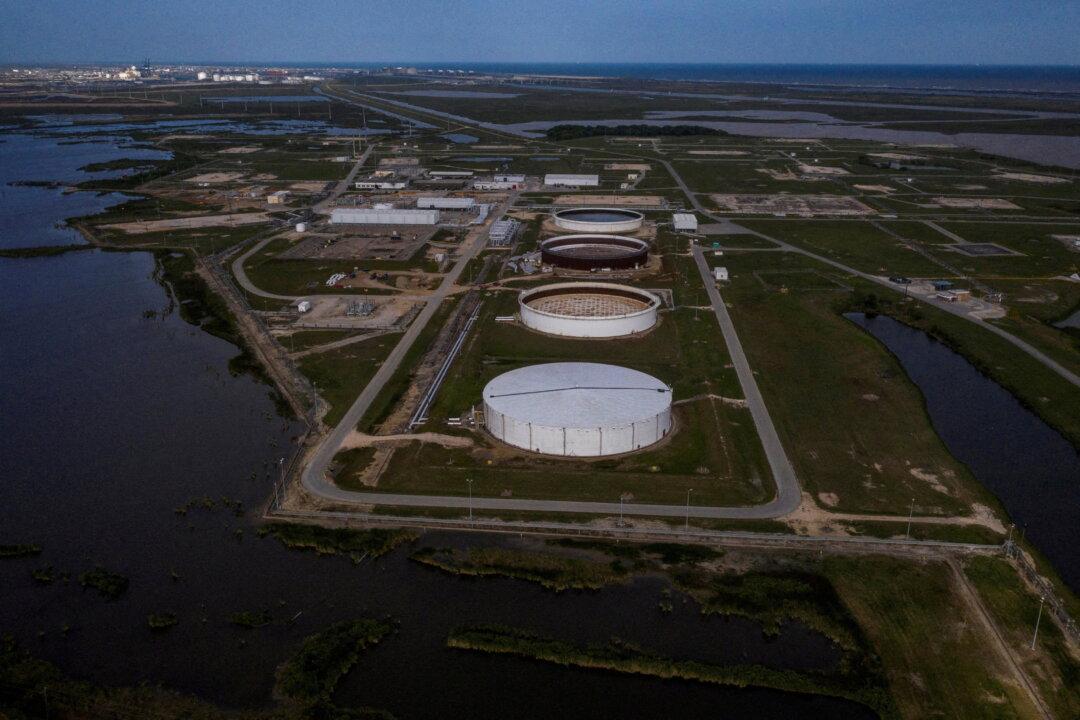NEW YORK—U.S. oil reserves held by 50 large companies rose by 13 percent over the five years ended in December, according to an Ernst & Young report released on Wednesday, with mergers and acquisitions contributing most of the recent gain.
Oil reserve estimates, which signal the direction of crude output, climbed to 31.8 billion barrels at the end of last year after plummeting in 2020 as the COVID-19 pandemic forced energy companies to curtail activity.





